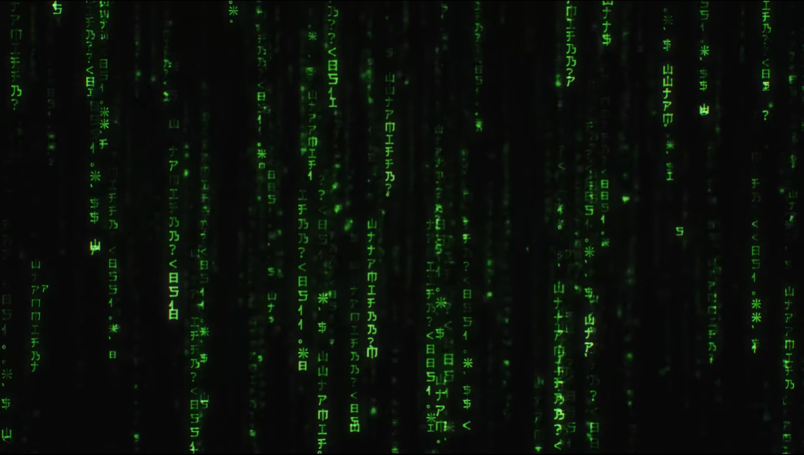We wrote yesterday about the trend of 2020 election truthers — Big Liars, Trumplicans, pick your title — exposing sensitive information about the inner workings of election software, in the name of Truth and Transparency.
It’s a tricky business: One county clerk is currently under FBI investigation for allegedly allowing an unauthorized person access to her election machines, resulting in leaked passwords and digital images of the software. And people I spoke to said that organizers of Mike Lindell’s “Cyber Symposium” last month had violated a Michigan judge’s order by circulating an image of the election software from Antrim County, Michigan.
But for every potentially significant illicit leak, there are a number of flops: Meaningless digital fodder, dressed up as news. Hacker theater.
For example: Cybersecurity experts at Lindell’s conference, having determined that he had no evidence of China hacking the election, were shown more data sets: One each from Clark County, Nevada and Lake County, Ohio.
They were packet captures (PCAPs), or snapshots of internet traffic. And they were supposed to show nefarious goings-on. And they actually did show counties’ data. But the data they contained was… unimpressive.
Dan Kulin, a spokesperson for Clark County, which is home to Las Vegas, said the information shared at the conference didn’t reveal anything that wasn’t already publicly accessible.
“It looks like the individual [who captured the data] was on the public access wifi system, which is available to anyone, and doesn’t provide access to any sensitive information,” Kulin told TPM.
Picture some guy with a computer, sitting in the lobby of a county building in Las Vegas, taking snapshots of the digital breeze.
“It’s a tiny, tiny, tiny, useless, piece-of-shit file,” said Harri Hursti, a cybersecurity expert who attended the Lindell event.
In Lake County, things were slightly more unusual: The PCAPs apparently showed that whoever captured the data had a physical ethernet connection to a county machine — but nothing in the elections office.
“Our county’s IT team and the [secretary of state’s] analyzed the files and determined that it is not election data,” said Ross McDonald, director of the county’s board of elections. “It is important to note that the actor(s) did not have physical access to county election equipment. Lake County, Ohio, election data was not stolen nor was there unauthorized access to the Board of Elections’ network.”
“Although our name and property was invoked in this matter, it is not election-related data contained in the PCAPs,” McDonald added.
In other words: A nothingburger, dressed up as a Big Mac.
“It looks like they captured packets from the county office hoping they might show something. But they never made an argument that the packets actually did show something,” Rob Graham, a cybersecurity expert who attended Lindell’s symposium, told me of the Lake County data.
These examples are somewhat silly — and yes, at least one county spokesperson questioned whether this all was really worth a reporter’s time to explore. But it illustrates what I think is an important aspect of the Stop the Steal movement. It’s all smoke and mirrors: Computer code flashing on screens (a la “The Matrix,” pictured above) that, when you dig into it, doesn’t really mean anything.
Across the country, Trump supporters intent on litigating the 2020 election ad infinitum are pulling stunts like this in hopes of bamboozling local clerks and county commissioners. Next time you see that happen, first: let us know. Then: approach with skepticism.


 Members-Only Article
Members-Only Article

